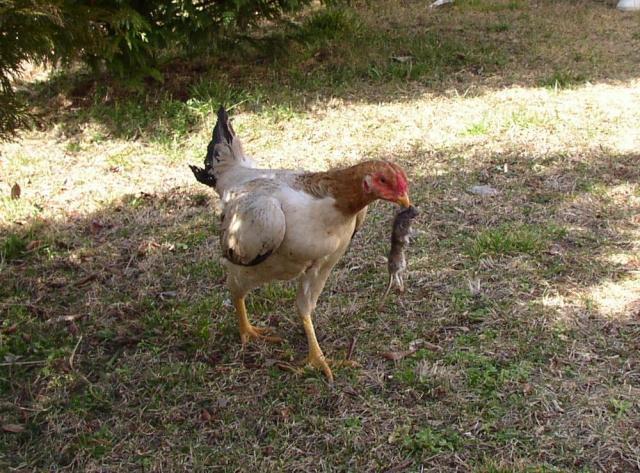Quote:
What a spectacular bird !!!!
I am intrigued !!!
Can you describe their habits, crowing, broodiness, their temperment ?
A portion of a article written by Julia Keeling AKA "Shamolady".
"The main thing to remember when keeping Shamo is that they should mature slowly. A bird of either sex is not adult until about two years old. The stag of ten months will look a different bird after another year. The problems this can bring are: The bones can develop slower than the body mass, so if the bird is fed too much protein and/or does not have enough fresh air and exercise as he grows, his body will get too heavy for his legs and result in serious leg problems. For the same reason, the breastbone can become bent if a young bird rests on too narrow a perch, and the legs and feet can become damaged from jumping down from too high a perch. Adult birds continue to need wide perches to accommodate long legs and bodies. Stags and pullets can run happily together when young, but as soon as they start to mature, maybe as late as seven or eight months old in bigger birds, they can turn on each other. Stags and pullets can quickly kill each other. So low protein food and lots of fresh air and exercise; wide, low perches, or none at all; and vigilance at all times re separating birds as soon as necessary.
Despite the aggressive, arrogant bearing, they should be calm and confident with their keepers and easy to handle. The aggression should only be towards other birds. Birds may well occasionally greet their keeper with a friendly peck, but this is certainly not man-fighting! "
From my observation, it is as miss Julia pretty much describes.. My cocks cannot be together, even my hens will attack a rooster until they fight for a bit and she submits to him. However with me they're very-very gentle compared to other breeds. They tend to be very broody as all games, but it is suggested not to let them become broody due to the sheer weight/clumsiness being so large. That varies among breeders though.
They're not excellent layers being large and not exactly bred for that either. They're a rather "quiet" breed, meaning that they rarely ever crow, and if they do it is a deep- semi short crow that can't be heard from very far usually. However they always are very "talkative" when I walk out in the yard, and tend to enjoy being around people more than other birds. Like, I can walk outside and my original Shamo will walk the fence, once I walk up to him he will stop and just stand there while I reach down and rub him under his beak/comb etc (he will not move, unless I push on his body slightly). Once let out, he likes to hang around people and will follow you like a puppy really. They tend to eat more than my other breeds, mainly due to size I think. But I would say not more than a production breed, maybe less. What do you think Walt, sound about right to you? There's probably more I could add, but can't think of right now.
-Daniel
Great post! While I have been raising poultry for over 40 years I am new to the Shamo and certainly don't have all the answers. I will say that to me, it is one of the coolest chickens I have every raised......and I have raised over 50 breeds/varieties. They are very noble birds......also somewhat primitive in my opinion.
Here is a pic of a Shamo hen and that is not a mouse. That is a rat she has in her beak. The hen is much larger than she looks here. Who needs a cat when you have Shamo's.
Walt






